Jammu & Kashmir: Highway and Tunnels projects are set to transform connectivity in border regions
Development and infrastructure projects are the key components to improve and enhance the socio-economic Landscape of Jammu and Kashmir. The need for quick development was emphasized recently when Jammu & Kashmir Lt, Governor Manoj Sinha conducted security forces to “secure vital infrastructure projects” across the Union Territory.
This instruction came in the wake of a militant attack on the employees of APCO infratech which is responsible for constructing the strategic Z Morh tunnel on the Srinagar-Ladakh national highway, this incident claimed seven lives. This drastic event marked the first militant attack on major infrastructure project in Jammu and Kashmir. This incident highlights the urgent importance of intense projects for the region’s safety, security and prosperity.
Already several critical infrastructure projects are underway in Jammu & Kashmir in which many hold strategic value. Key components of this intiative feature around 300 culverts to support water flow and minimise flood risks as well as two flyovers and two over road bridgea to smoothen the traffic.
In addition to that, a toll plaza will be constructed to make easy ongoing maintaince and operational costs.



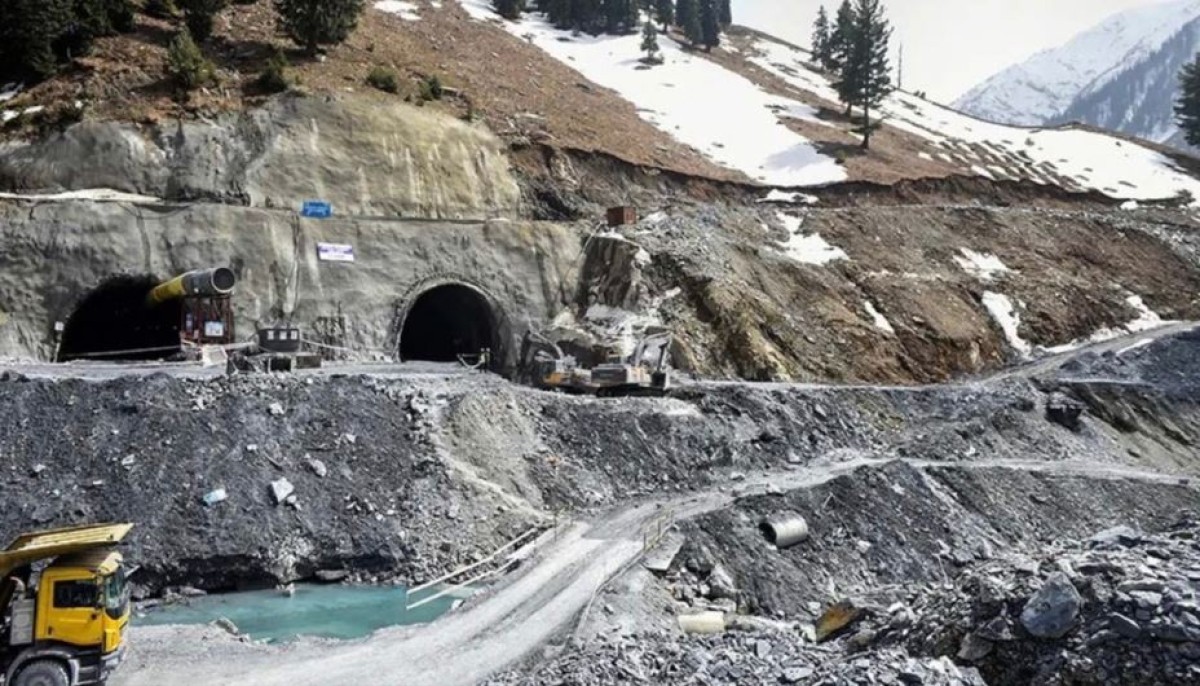

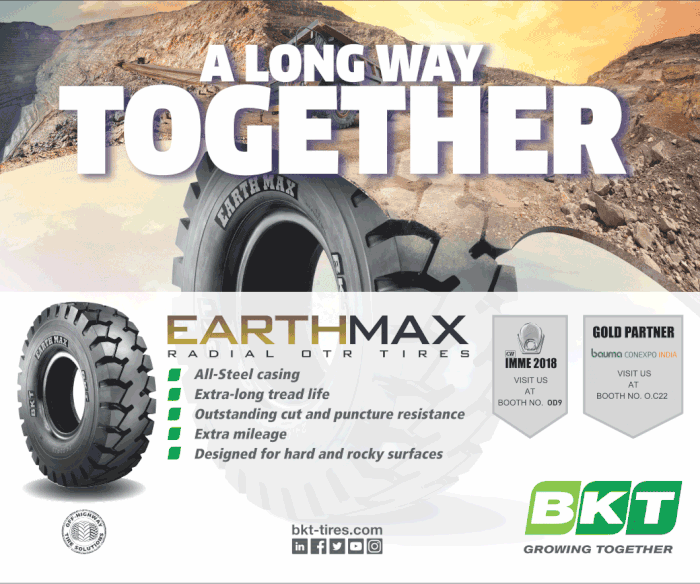


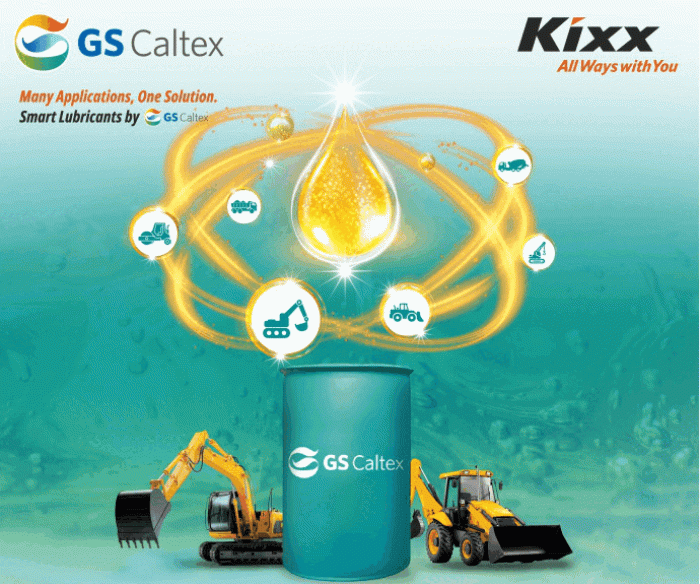
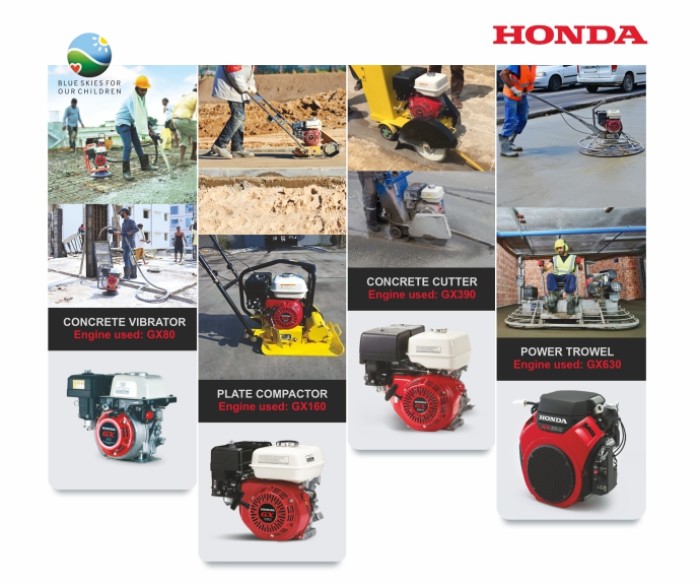
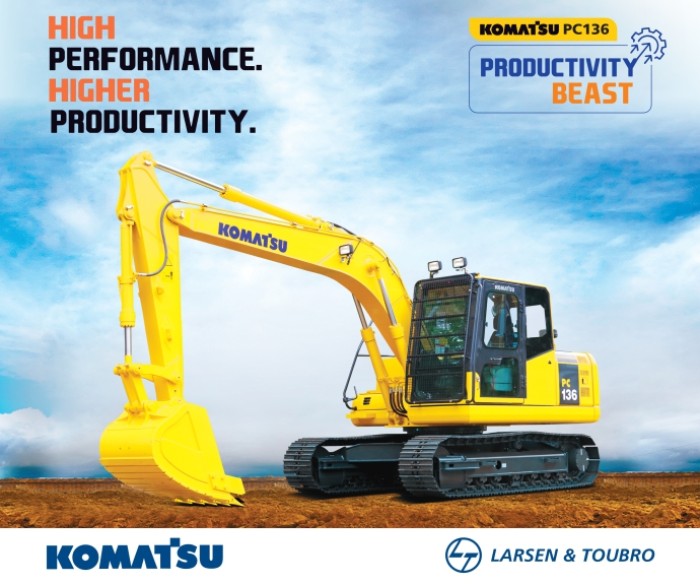





Leave a comment